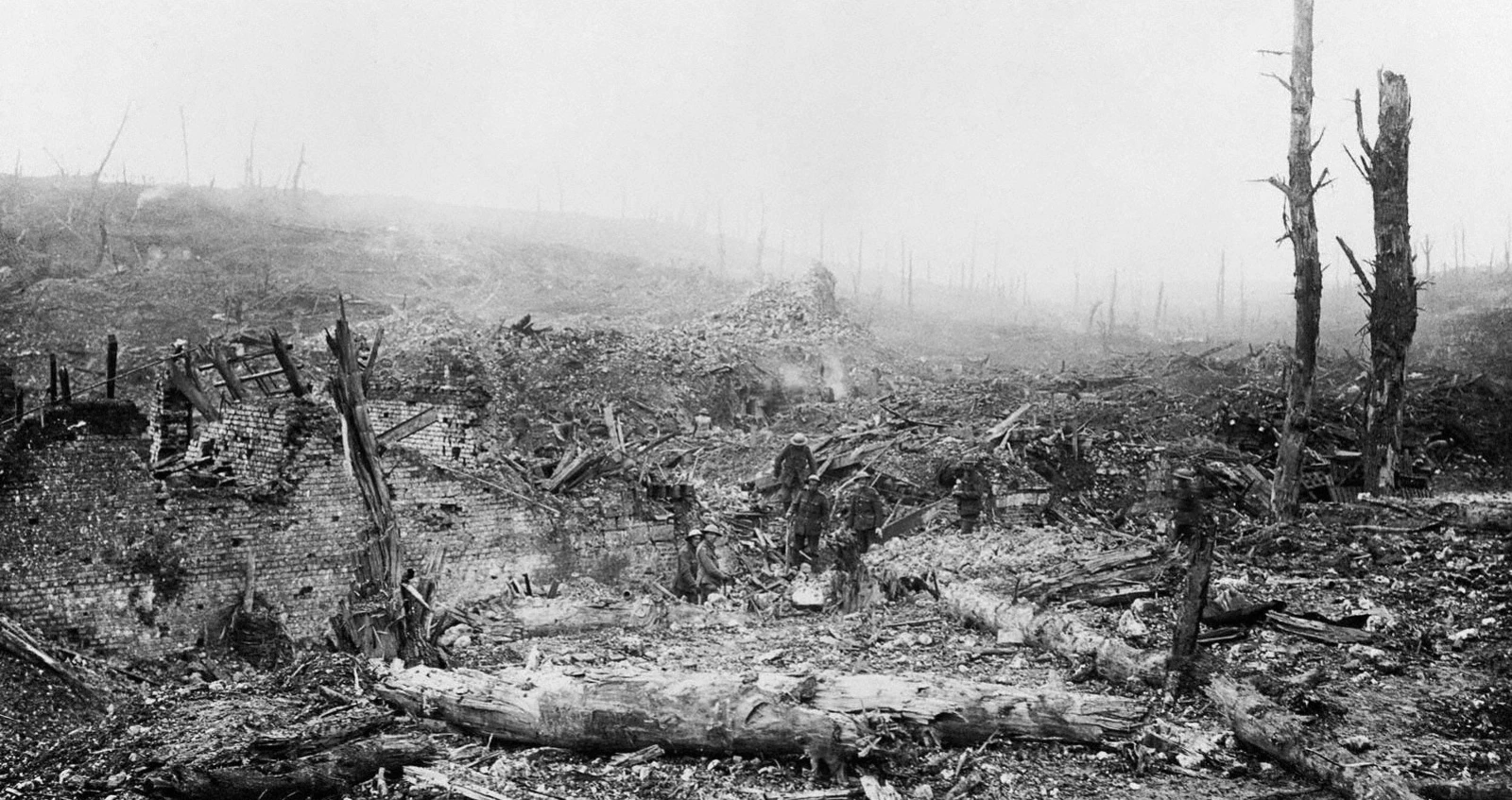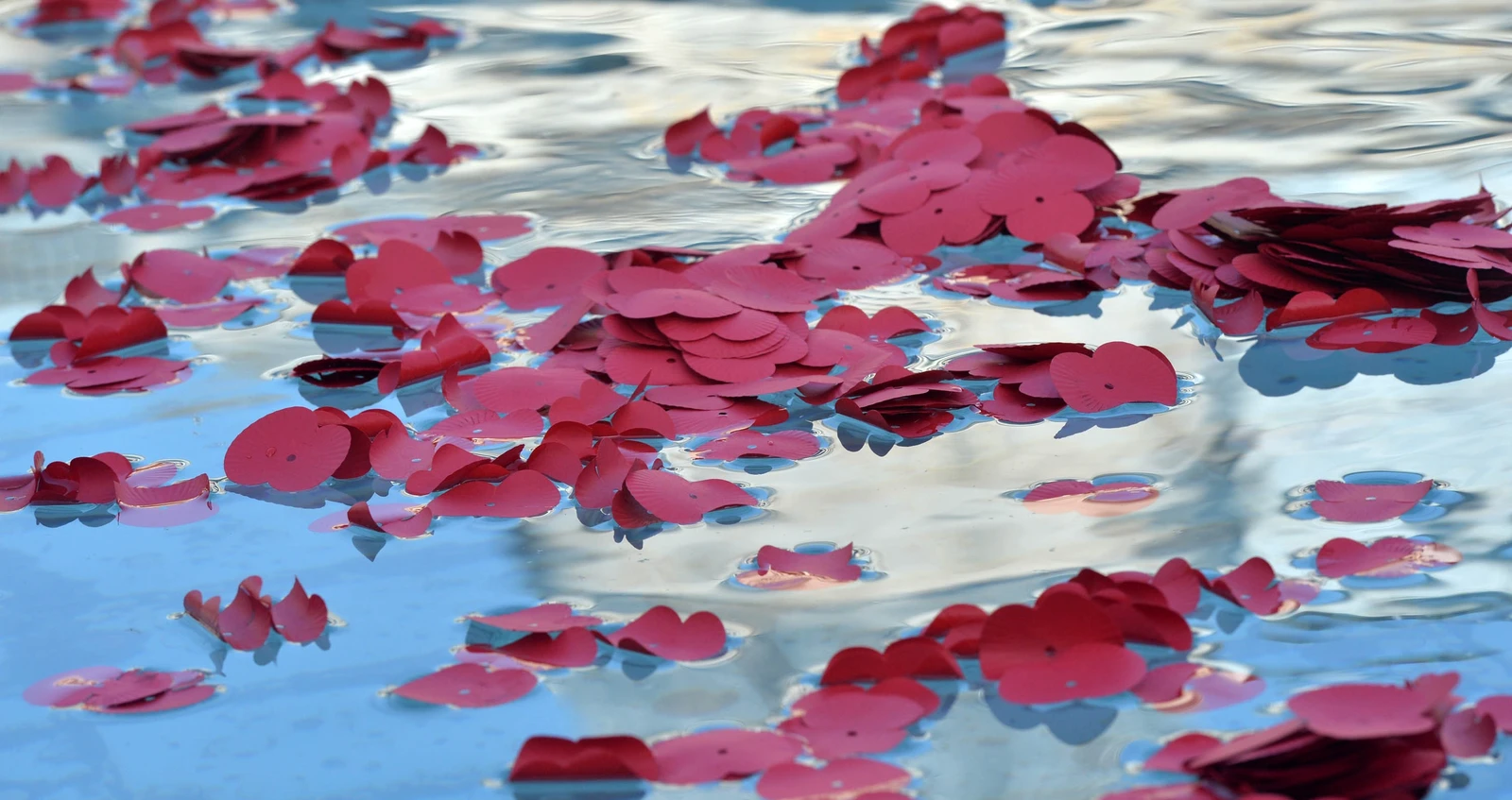Remembrance honours those who serve to defend our democratic freedoms and way of life. We unite across faiths, cultures and backgrounds to remember the service and sacrifice of the Armed Forces community from Britain and the Commonwealth. We will remember them.
The Armistice, an agreement to end the fighting of the First World War as a prelude to peace negotiations, began at 11am on 11 November 1918.
“Armistice” is Latin for “to stand (still) arms”.
- We remember the sacrifice of the Armed Forces community from Britain and the Commonwealth.
- We pay tribute to the special contribution of families and of the emergency services.
- We acknowledge innocent civilians who have lost their lives in conflict and acts of terrorism.
Remembrance does not glorify war and its symbol, the red poppy, is a sign of both Remembrance and hope for a peaceful future.
Wearing a poppy is is never compulsory but is greatly appreciated by those who it is intended to support.
When and how you choose to wear a poppy is a reflection of your individual experiences and personal memories.
Remembrance unites people of all faiths, cultures, and backgrounds but it is also deeply personal.
It could mean wearing a poppy in November, before Remembrance Sunday. It could mean joining with others in your community on a commemorative anniversary. Or it could mean taking a moment on your own to pause and reflect.
Everyone is free to remember in their own way, or to choose not to remember at all.
In every act of remembrance, we honour the memory of the fallen and pledge to care for the living. We will remember them.
The end of WWII
The world so many knew had been turned upside down by the Second World War, and the end of the war did not mean the end of the service or sacrifice for so many - 3.8 million men and 400,000 women were demobilised, returning to their homes and families, some for the first time in many years.
Many of the feelings, emotions, and challenges faced by the Second World War generation, while different in their causes and extent, they have echoes for many today; shortages of goods, feeling socially isolated, familial dislocation, a sense of the unknown, a feeling of being forgotten, and the collaboration of nations and communities to face a common foe. And as the entire nation relied on our service personnel and public servants then, so we do again today.
To learn more about the challenges faced and overcome by the Second World War generation, and the similarities they share with the world today, click on the links below:
- Rebuilding – rebuilding of nations and communities
- Reuniting – reuniting families, friend and communities
- Reimagining – the new world created by the Second World War generation
- The Veterans Perspective - Watch our collection of WWII veterans' stories about their war and the challenges they faced at its end
The Armed Forces community today
The challenges of leaving, missing and returning home are still faced by Service families today.
And just like in 1945, today the Legion remains a place to find help, companionship, and shared memories.
_acf7bdff-dfef-40b9-ba43-a3b1d44cce7c.jpg?sfvrsn=69dad099_6&method=CropCropArguments&width=1600&height=847)
VE Day 75
In May we celebrated the 75th anniversary of Victory in Europe Day with events in communities across the UK, including a livestream on Facebook.
VE Day 75VJ Day 75
In August, we marked the 75th anniversary of VJ Day.
The po
Our red poppy is a symbol of both Remembrance and hope for a peaceful future.
Poppies are worn as a show of support for the Armed Forces community.
The poppy is a well-known and well-established symbol, one that carries a wealth of history and meaning with it. Wearing a poppy is still a very personal choice, reflecting individual experiences and personal memories. It is never compulsory but is greatly appreciated by those who it is intended to support.
But what is the inspiration and history behind the poppy becoming a symbol of Remembrance?

The Western Front
During WW1, much of the fighting took place in Western Europe. The countryside was blasted, bombed and fought over repeatedly. Previously beautiful landscapes turned to mud; bleak and barren scenes where little or nothing could grow. © IWM (Q 1558)

Fields of Poppies
There was a notable and striking exception to the bleakness - the bright red Flanders poppies. These resilient flowers flourished in the middle of so much chaos and destruction, growing in the thousands upon thousands.
The poppy is a symbol of Remembrance and hope, including hope for a positive future and peaceful world.
They are a show of support for the Armed Forces community, those currently serving, ex-serving personnel and their families; and a symbol of Remembrance for all those who have fallen in conflict.
John McCrae wrote the poem 'In Flanders Fields' which inspired the use of the poppy as a symbol of Remembrance.
In the spring of 1915, shortly after losing a friend in Ypres, a Canadian doctor, Lieutenant Colonel John McCrae wrote his now famous poem after seeing poppies growing in battle-scarred fields.
In Flanders Fields
The poem by John McCrae
In Flanders' fields the poppies blow
Between the crosses, row on row,
That mark our place: and in the sky
The larks, still bravely singing, fly
Scarce heard amid the guns below.
We are the dead. Short days ago
We lived, felt dawn, saw sunset glow,
Loved and were loved, and now we lie
In Flanders' fields.
Take up our quarrel with the foe;
To you from failing hands we throw
The torch; be yours to hold it high,
If ye break faith with us who die
We shall not sleep, though poppies grow
In Flanders' Fields.







No comments:
Post a Comment